Health and Wellness Trends
The growing awareness of health and wellness among consumers is influencing the Nordic E-Bike Market. As individuals increasingly prioritize physical fitness, e-bikes are perceived as a means to incorporate exercise into daily routines without the intensity of traditional cycling. This trend is particularly relevant in Nordic countries, where outdoor activities are culturally ingrained. The market data indicates that e-bike sales have surged, with a notable increase in purchases among health-conscious consumers. The ability to engage in physical activity while commuting or running errands may enhance the appeal of e-bikes, thereby driving growth in the Nordic E-Bike Market. This focus on health may also encourage local governments to promote e-biking as a viable transportation option.
Urbanization and Mobility Needs
The increasing trend of urbanization in Nordic countries appears to drive the demand for efficient and sustainable transportation solutions. As cities expand, the need for effective mobility options becomes paramount. The Nordic E-Bike Market is likely to benefit from this shift, as e-bikes offer a practical alternative to traditional vehicles, particularly in congested urban areas. With urban populations projected to rise, the demand for e-bikes may see a corresponding increase. Furthermore, e-bikes can alleviate traffic congestion and reduce carbon emissions, aligning with the sustainability goals of many Nordic cities. This urban mobility challenge presents a significant opportunity for the Nordic E-Bike Market to expand its reach and influence.
Technological Advancements in E-Bikes
Technological innovations are reshaping the Nordic E-Bike Market, enhancing the overall user experience and functionality of e-bikes. Recent advancements in battery technology, such as increased capacity and reduced charging times, are making e-bikes more appealing to consumers. Additionally, features like integrated GPS, smart connectivity, and improved safety mechanisms are becoming standard in new models. The market data indicates that e-bike manufacturers are investing heavily in research and development to stay competitive. As these technologies evolve, they may attract a broader demographic, including younger consumers who value tech-savvy products. This trend suggests that the Nordic E-Bike Market is poised for continued growth as it adapts to changing consumer preferences.
Environmental Regulations and Policies
The Nordic E-Bike Market is likely to experience growth due to stringent environmental regulations and policies aimed at reducing carbon footprints. Governments in Nordic countries are increasingly implementing measures to promote sustainable transportation, including incentives for e-bike purchases and investments in cycling infrastructure. For instance, various municipalities have allocated funds to enhance bike lanes and parking facilities, making e-biking a more attractive option. The market data suggests that these initiatives have led to a rise in e-bike adoption, as consumers respond positively to supportive policies. As environmental concerns continue to escalate, the Nordic E-Bike Market may find itself at the forefront of a transportation revolution, aligning with broader sustainability objectives.
Rising Fuel Prices and Economic Factors
The economic landscape, characterized by rising fuel prices, appears to be a significant driver for the Nordic E-Bike Market. As consumers seek cost-effective alternatives to traditional vehicles, e-bikes present an economically viable solution for daily commuting and leisure activities. The market data reflects a correlation between fuel price increases and e-bike sales, indicating that consumers are increasingly considering e-bikes as a practical investment. Additionally, the overall economic climate, including disposable income levels and consumer confidence, may influence purchasing decisions. As individuals look for ways to mitigate transportation costs, the Nordic E-Bike Market is likely to see sustained interest and growth, positioning e-bikes as a financially attractive option.


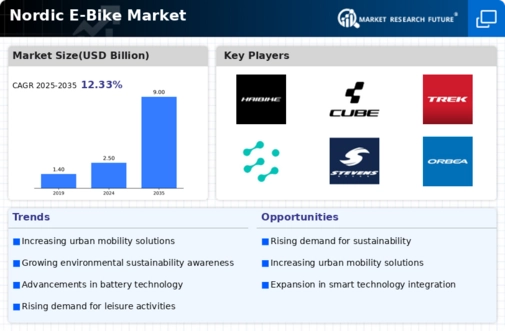
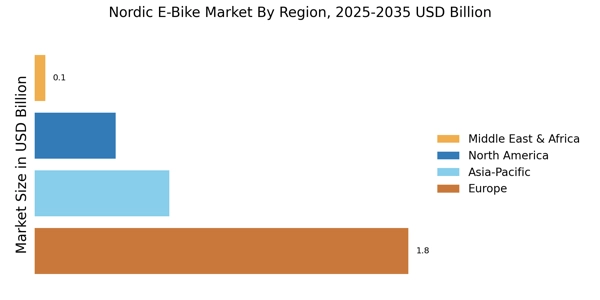

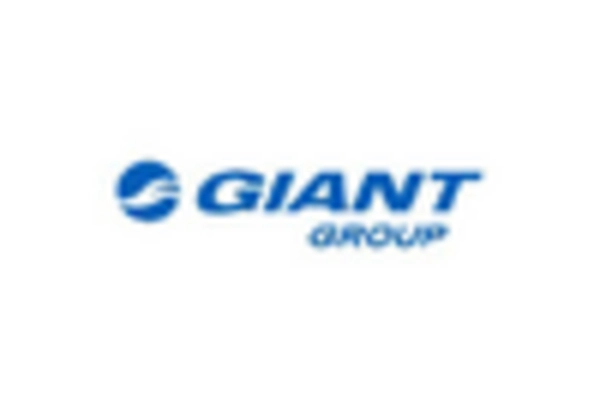

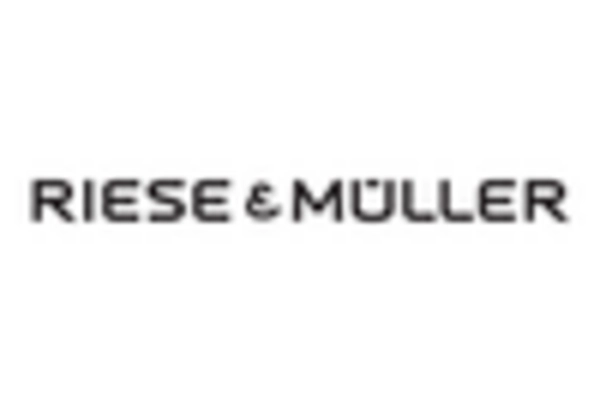

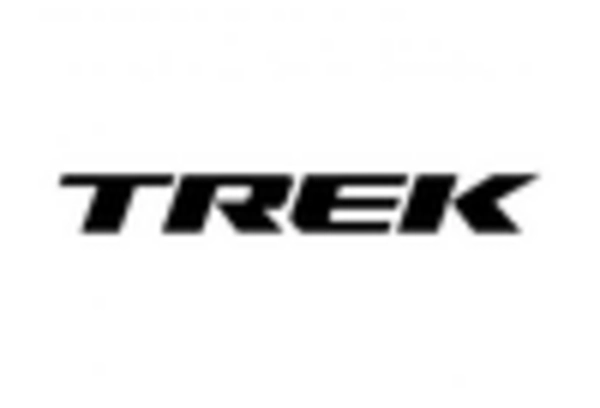








Leave a Comment